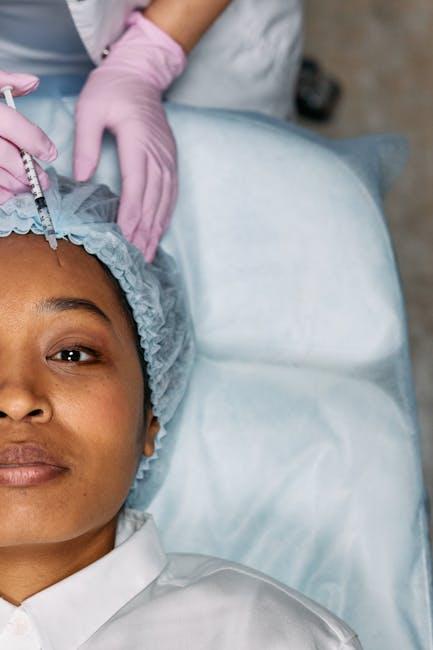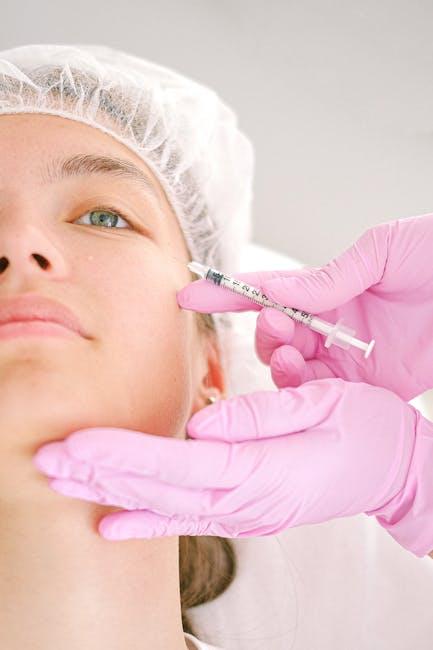
Provision of Botox Solely for Cosmetic Purposes is Outside the Scope of Dental Practice in California – California Dental Association (CDA)
With Botox becoming increasingly popular in aesthetic treatments, dental professionals in California often wonder about the legal boundaries surrounding its use. According to the California Dental Association (CDA), the provision of Botox strictly for cosmetic purposes lies outside the legitimate scope of dental practice in California. This article delves into the regulatory landscape, the reasons behind this ruling, and what it means for dental practitioners considering Botox treatments.
Understanding the Scope of Dental Practice in California
The scope of dental practice sets clear boundaries on the procedures and treatments dentists are authorized to perform. The Dental Practice Act and subsequent guidelines by the Dental Board of California help protect patient safety and maintain professional standards. In recent years, injectable procedures like Botox have sparked discussion concerning their role within dental care.
What is Considered Within Scope?
Botox administration by dentists is permitted only if it directly relates to diagnosis, treatment, or management of dental or orofacial conditions. For example, dentists may use Botox therapeutically to treat:
- Temporomandibular joint (TMJ) disorders
- Bruxism (teeth grinding/clenching)
- Masseter muscle hypertrophy impacting jaw function
- Other medically necessary orofacial muscular issues
What is Outside Scope?
When it comes to Botox injection solely for cosmetic purposes — such as reducing wrinkles, fine lines, or facial aesthetic enhancement — the CDA clearly classifies this as outside the scope of dental practice in California. That means dentists cannot legally offer Botox purely for aesthetic enhancement or anti-aging services.
CDA Guidelines on Botox for Dentists
The California Dental Association has published detailed guidance to clarify this distinction, protecting both patients and dental professionals. Here are some key points:
- License Limitations: Dentists’ licenses do not cover cosmetic Botox injections unrelated to dental diagnoses or treatment.
- Patient Safety: Offering cosmetic Botox outside the dental scope could lead to legal repercussions and jeopardize patient safety due to a lack of oversight.
- Liability Concerns: Treatment beyond the regulatory scope risks disciplinary actions by the Dental Board of California.
- Education and Training: Even when Botox is administered therapeutically, dentists must have appropriate training and certification.
Why Botox for Cosmetic Purposes is Restricted for Dentists in California
The rationale behind this restriction includes:
- Legal Boundaries: State dental boards have jurisdiction over dental treatments, but not cosmetic procedures unrelated to oral health.
- Risk of Misuse: Cosmetic Botox carries unique risks that require specialized training and oversight, generally outside dental education.
- Professional Ethics: Ensuring dentists focus on oral health maintains professional clarity and patient trust.
- Scope Clarity: Prevents overlap with medical and cosmetic fields that specialize in aesthetic treatments.
Implications for Dental Professionals
For dental practitioners in California, understanding this delineation is critical:
- If you wish to use Botox therapeutically (e.g., for TMJ disorders), ensure you have proper documentation, training, and comply with state rules.
- Avoid marketing or providing Botox solely for aesthetic improvements such as smoothing forehead lines or addressing crow’s feet.
- Consult the California Dental Board and CDA regularly for updated policies and compliance guidance.
Table: Botox Usage Within Dental Practice Scope vs. Cosmetic Use
| Botox Usage Type | Permitted for California Dentists | Common Examples |
|---|---|---|
| Therapeutic/Dental Purpose | Yes, within scope | Treatment of TMJ, bruxism, or facial muscular disorders |
| Purely Cosmetic Purpose | No, outside scope | Wrinkle reduction, facial contouring, anti-aging |
Benefits and Practical Tips for Dentists Considering Botox
While cosmetic Botox is off-limits, Botox has valuable therapeutic uses in dentistry. Here are some benefits and tips for dentists:
- Enhances Patient Care: Botox can effectively alleviate debilitating conditions such as TMJ pain and muscle spasticity.
- Expand Treatment Portfolio: Therapeutic Botox may differentiate your practice and support comprehensive oral care.
- Training is Crucial: Complete accredited Botox courses tailored to dental use to ensure safe and effective administration.
- Documentation Matters: Keep meticulous records to justify Botox use for dental/medical reasons only.
Case Study: Therapeutic Botox for TMJ Relief
Dr. Lisa Martinez, DDS, a San Francisco-based dentist, integrated Botox therapy into her practice targeting refractory TMJ disorders. After receiving advanced training and obtaining specific certifications, Dr. Martinez successfully treated patients suffering chronic jaw pain and muscle tension that were unresponsive to conventional therapies.
Patients reported significant improvement, and Dr. Martinez emphasized strict adherence to CDA guidelines by avoiding any cosmetic Botox advertising. This adherence not only protected her practice legally but enhanced patient trust and satisfaction.
Conclusion
Botox administration by dentists in California is a specialized and regulated aspect of dental practice. The California Dental Association clearly states that Botox provided solely for cosmetic reasons is outside the scope of dental practice. Dental professionals must focus on the therapeutic benefits of Botox related to orofacial treatments, maintain proper education, and comply with state laws to ensure patient safety and professional integrity.
By understanding these boundaries, dentists can responsibly integrate Botox into their services where appropriate while respecting the legal framework designed to safeguard patients and uphold the profession’s reputation.
Stay informed with the latest updates from the California Dental Association and Dental Board of California to ensure your practice meets the highest standards in Botox administration.


